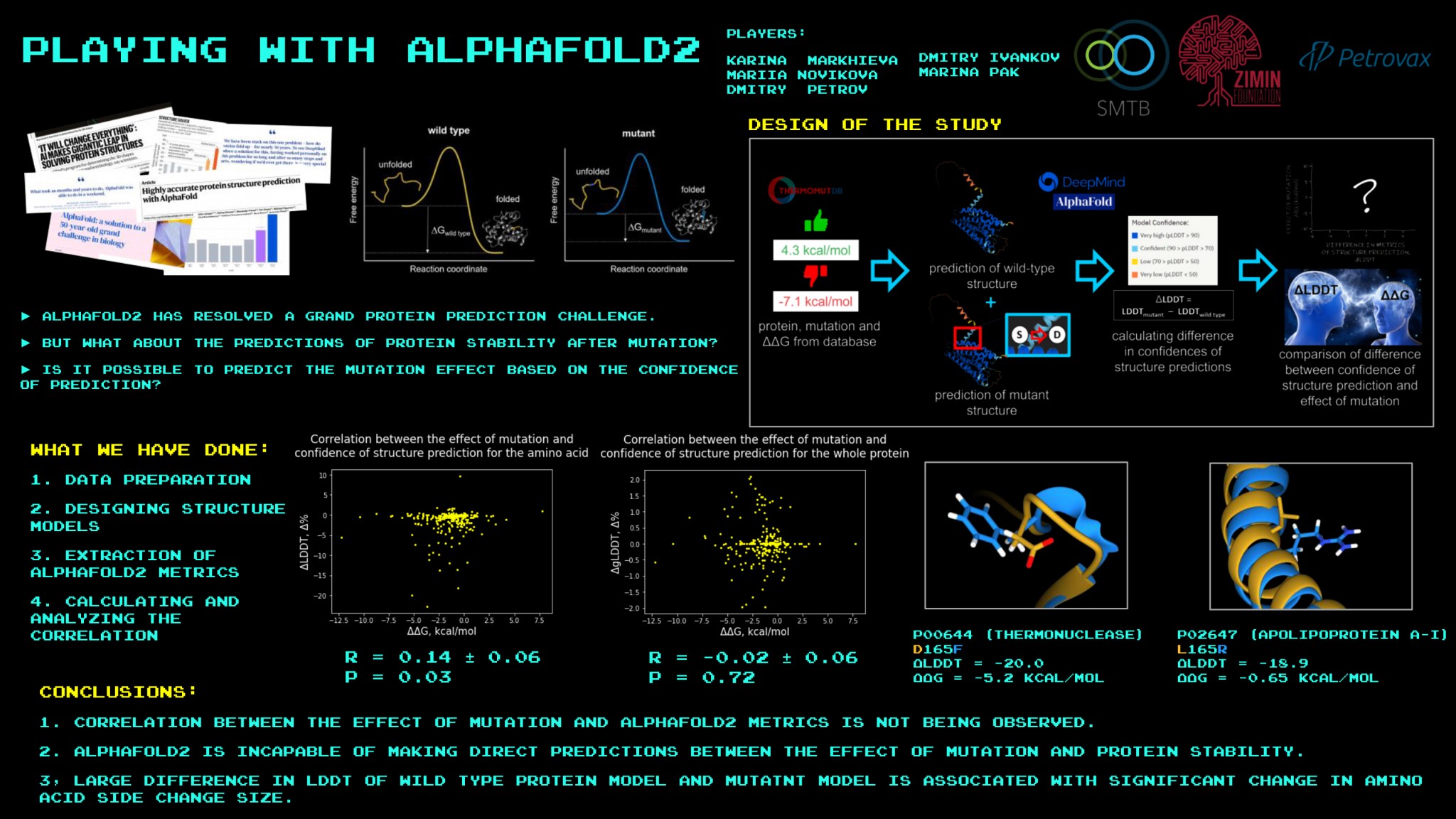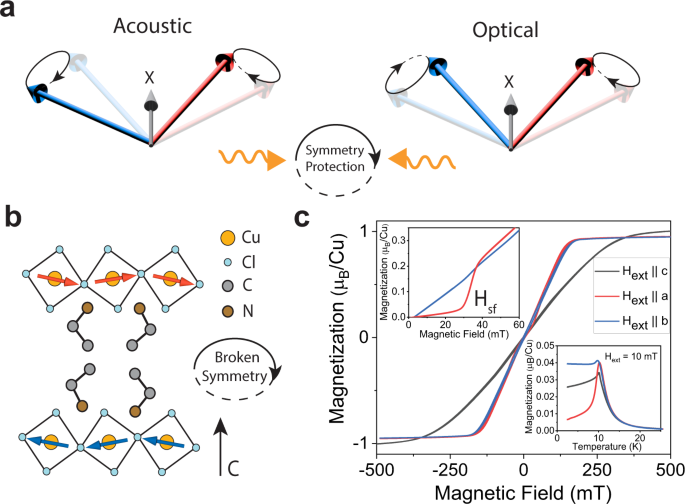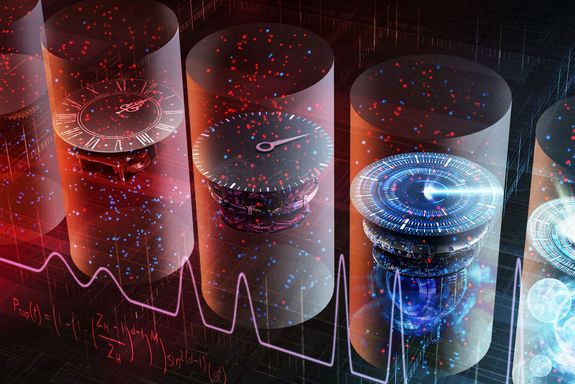
Meta took a big leap forward this week with the unveiling of a model that can detect and isolate objects in an image even if it never saw them before. The technology is introduced and described in an article on the arXiv pre-print server.
The AI tool represents a major advance in one of technology’s tougher challenges: allowing computers to detect and comprehend the elements of a previously unseen image and isolate them for user interaction.
It recalls a concept the former chair of the National Security Commission on Artificial Intelligence Robert O. Work once described: “What AI and machine learning allows you to do is find the needle in the haystack.”
In this instance, Meta’s Segment Anything Model (SAM) hunts for related pixels in an image and identifies the common compone...
Read More








Recent Comments